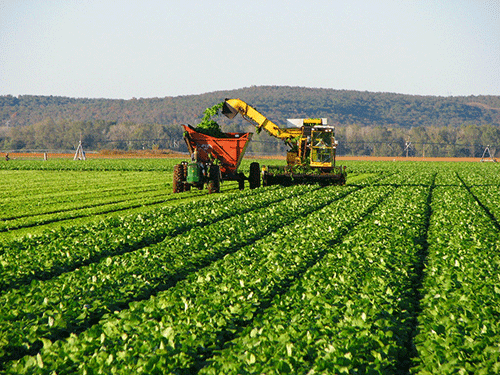Namibia acquired a loan of N$2.3 billion from the African Development Bank to co-finance the second phase of Namibia’s governance and economic recovery support programme (GERSP II).
The announcement was made on 29 September, and follows an earlier loan tranche of N$1.5 billion, which was approved for the programme’s first phase in March 2021.
The International Monetary Fund contributed N$4.1 billion in co-financing for phase I through the Rapid Financing Instrument. The programme’s primary beneficiaries are government ministries, departments and agencies whose reforms are being supported by the operation.
Finance ministry spokesperson Wilson Shikoto confirmed to this publication that the funds will support Namibia’s resilience and post-Covid-19 inclusive economic recovery.
This will be done by strengthening governance and implementing real sector reforms. German development bank Kreditanstalt für Wiederaufbau (KfW) is processing a complementary budget support loan to the tune of 50 million euros.
According to the African Development Bank, the programme has three components, which are attaining fiscal sustainability, supporting private sector-led agriculture and industrial sector transformation, and enhancing economic and social inclusion.
The continental bank added that the private sector will benefit from improved investment opportunities in agriculture and industry and public-private partnership opportunities.
As of May 2022, the bank’s active portfolio in the country – comprising loans and grants – totalled N$764.5 million. It covers the transport, water and sanitation, finance, multi-sector, agriculture and social sectors.
Central government debt
Namibia is battling high public debt, and it remains imperative for the country to invest in productive sectors which will help repay these debts.
According to economic analysts, the elevated public debt remains a primary concern in the medium-term for the country.
The Bank of Namibia’s quarterly bulletin for September 2022 stated that the debt stock of the central government rose over the financial year 2022/23 to the end of June 2022, driven mainly by a rise in domestic debt.
“The total government debt stock stood at N$130.3 billion at the end of June 2022, representing yearly and quarterly increases of 9.6% and 3.7%, respectively,” reads the bulletin.
Total debt as a percentage of gross domestic product (GDP) stood at 68.2% at the end of June 2022, representing yearly and quarterly increases of 0.4 percentage points and 0.6 percentage points, respectively.
Going forward, the central bank anticipates the total debt stock to rise to N$165.5 billion over the medium-term expenditure framework (MTEF) period, which represents 75.2% of GDP. The debt-to-GDP ratio continued to rise further above the SADC benchmark of 60% of GDP.
Local economist Omu Kakujaha-Matundu said good debt is not bad; bad debt is bad.
“If these funds will be borrowed to be invested in capital projects with a high yield, which during construction will create jobs, that is not a bad debt. If the debt is used to prop up consumption, that is bad debt!”
Kakujaha-Matundu reasoned that bad debt is bad for now, and bad for future generations. He is thus of the view that taxpayers should be informed upfront what the funds will be used for, and what the expected yield will be.
He noted that such debt should be approved by the National Assembly to introduce transparency in public borrowing. Moreover, foreign borrowing has huge economic, social and political ramifications.
An economist from stock brokerage Simonis Storm Theo Klein warned: “If debt continues to rise, and it’s being used mainly for consumption purposes, it will have serious negative long-term effects on our economy and for future generations because future generations will inherit a great amount of debt, which they will need to repay with a tax revenue”. -mndjavera@nepc.com.na
Caption:


